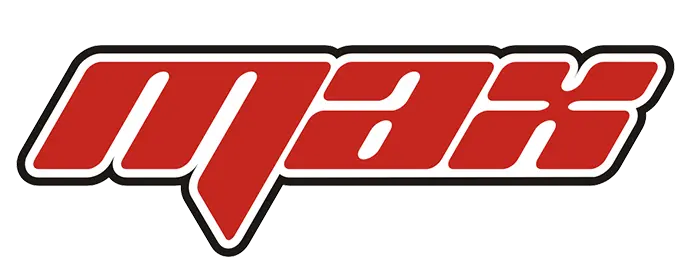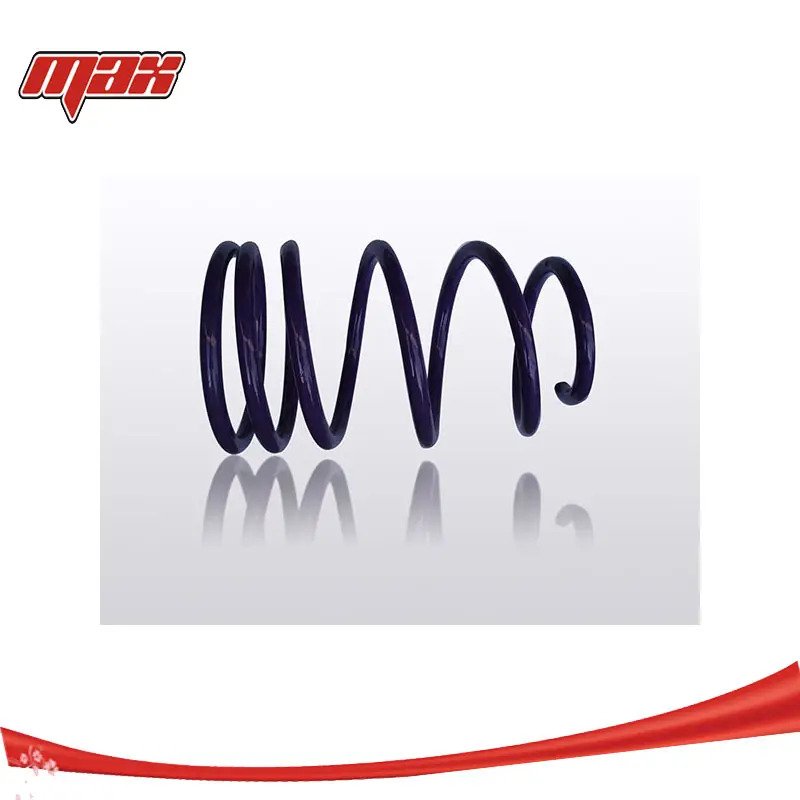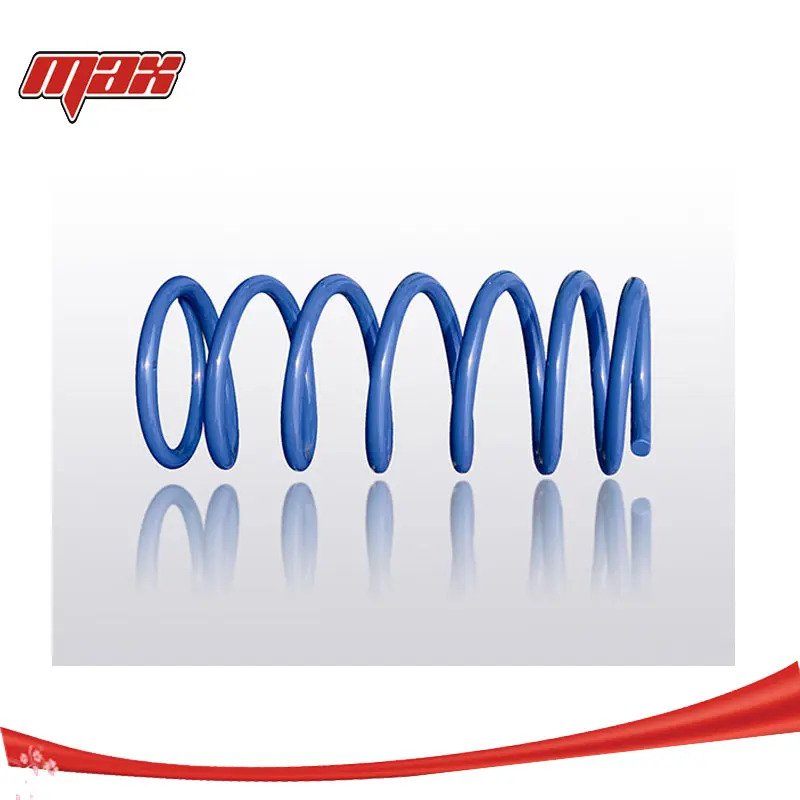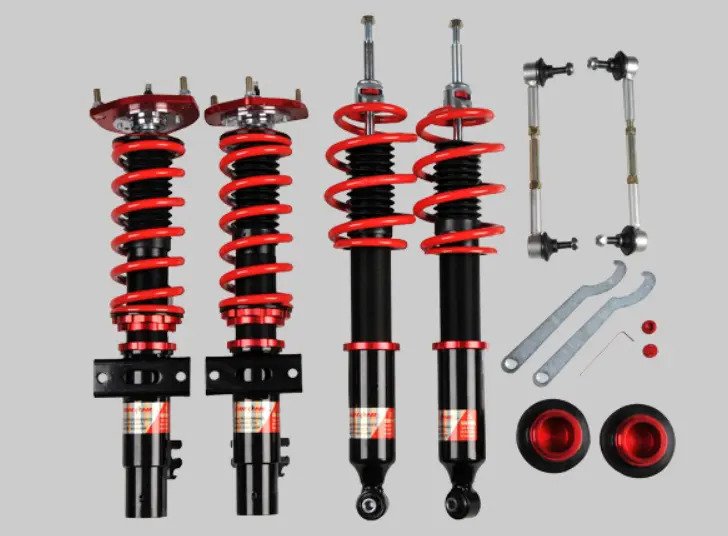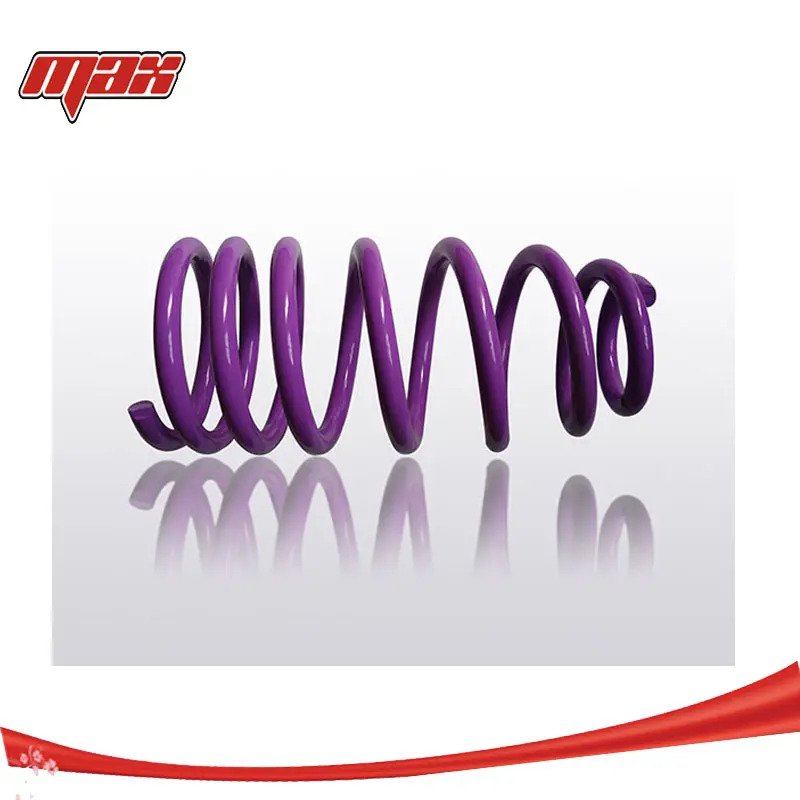
Shock Absorber Piston Rods
The shock absorber piston rod is a cylindrical component that is part of the shock absorber assembly in an automobile suspension system. Its primary function is to transmit the forces generated by the suspension system to the shock absorber, thereby reducing the effects caused by uneven road surfaces. The piston rod moves up and down inside the shock absorber, compressing and elongating as the vehicle encounters bumps, potholes, and other obstacles.
Max is a professional manufacturer specializing in the production of shock absorber piston rods. We are committed to providing our customers with high-quality products and exceptional service. All of our partner factories are TS16949 certified, ensuring that our products are manufactured and quality-controlled to the highest standards.
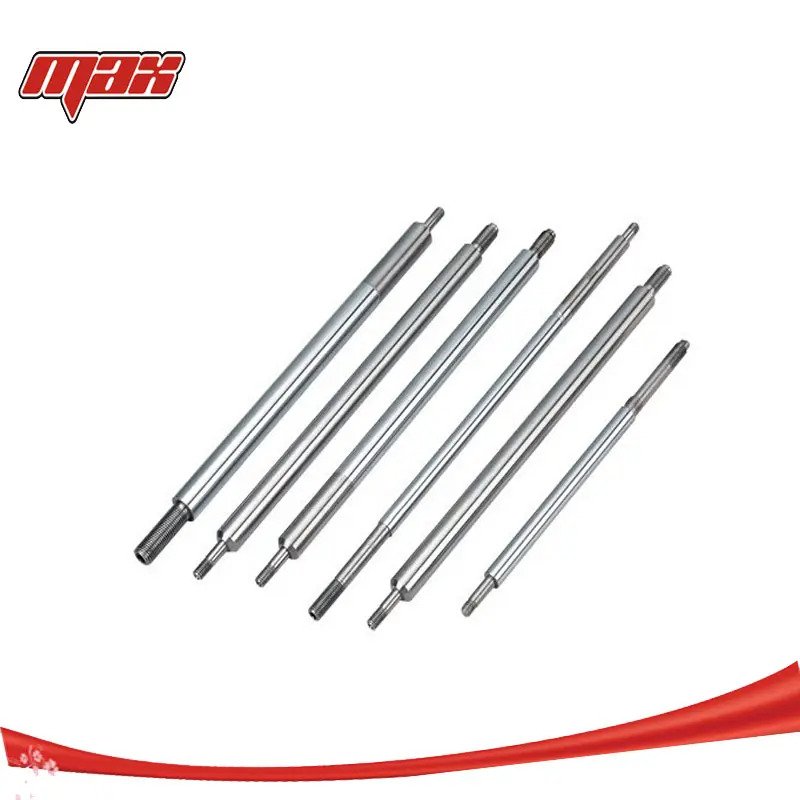
welcome to max
shock absorber piston rod manufacturers
The piston rod is a long, cylindrical component that connects the piston to the vehicle’s suspension system. It extends from the piston and protrudes from the shock absorber cylinder. Its primary function is to transmit the piston’s movement to the suspension, thereby effectively damping the vehicle’s motion.
Max’s piston rods are made from high-strength steel or other durable materials, capable of withstanding the various stresses and strains encountered during daily driving. Max applies a thin layer of special material to the surface of the piston rod. This coating effectively reduces friction and enhances the durability of the component.
- 20 years experience
- 200+ employees
- 3 production plants
- 100% On-time delivery
Function of shock absorber piston rod
Damping motion
The main function of the piston rod is to control the vibration of the vehicle suspension. When the vehicle encounters bumps, the piston rod compresses, allowing the shock absorber to absorb energy and prevent excessive bouncing.
Vehicle stability
By controlling suspension motion, the piston rod helps maintain tire contact with the road surface. This aids in safe handling, especially when turning and making sharp turns.
Enhancing Comfort
MAX's high-performance shock absorber piston rods minimize the impact of uneven road surfaces, thereby improving the driving experience. This comfort is important for both drivers and passengers, making long-distance travel more enjoyable.
Protection of other components
By absorbing shocks and vibrations, the piston rod helps protect other suspension components (such as springs and control arms) from excessive wear.
Shock absorber piston rod type
Standard piston rod
- The most basic type of MAX piston rod, typically made of steel. They are designed to provide sufficient performance under normal driving conditions.
- Standard piston rods are typically more economical than specialized types, making them a popular choice for budget-conscious consumers. They offer sufficient performance and comfort for everyday driving.
- May not perform well under extreme conditions or heavy loads. Compared to specialized types, it is more likely to wear out due to long-term use.
Chrome-plated piston rod
- The surface is coated with a layer of chromium to enhance durability and corrosion resistance. This reduces friction and makes operation smoother.
- The chrome plating protects the piston rod from rust and corrosion, extending its service life. The smooth surface also reduces friction, thereby improving performance and response speed.
- The additional manufacturing process involved in chrome plating makes them more expensive than standard types. While improving durability, it also increases weight, making them unsuitable for performance-oriented vehicles.
nitrided piston rod
- Designed specifically for high-performance applications. MAX is typically manufactured using lightweight materials and equipped with advanced coatings to maintain excellent strength and performance even under extreme conditions.
- MAX uses lightweight materials to manufacture nitrided piston rods, which can improve the overall performance and handling of vehicles. It is specially designed for high-load applications and is ideal for sports cars and off-road vehicles.
- Higher price due to advanced materials and design.
- Requires more maintenance and expertise for installation and adjustment.
adjustable piston rod
- This type of piston rod can adjust the damping characteristics of the shock absorber. Drivers can adjust the hardness of the shock absorber according to their driving style or road conditions.
- By adjusting the damping characteristics, drivers can optimize the suspension system settings according to their own needs, improving comfort and performance.
- It can adapt to a variety of driving environments, from flat highways to rugged terrain.
- To fully utilize the advantages of adjustable piston rods, users need to master the adjustment methods, which are not suitable for everyone. If adjusted improperly, these piston rods may result in reduced ride comfort or impaired handling performance.
Shock absorber piston rod type
01. Material composition
MAX piston rods are typically made of steel, aluminum, or composite materials. Each material has its own advantages and disadvantages. When selecting a piston rod, it is important to choose the most suitable material based on the application environment and specific requirements.
Steel: Steel piston rods are renowned for their strength and durability, capable of withstanding high loads and pressures. They are commonly used in heavy-duty applications, but if not properly treated, they are prone to corrosion.
Aluminum alloy: Aluminum alloy piston rods offer lightweight and corrosion-resistant properties, making them suitable for applications requiring weight reduction. However, they may not be suitable for extreme high-load conditions.
Composite materials: These materials strike a balance between weight and strength, making them suitable for special applications. They also possess corrosion-resistant and wear-resistant properties.
02. Diameter and length
The diameter and length of the piston rod are important because they directly affect how well it works. The diameter must be large enough to withstand the forces applied during operation without bending or breaking. A larger diameter is stronger, but it also makes the object heavier and changes the way the system is designed. The length should be no more than the machine can handle, but still provide the necessary stroke length. Make sure that the selected length is long enough to allow for the full range of motion needed for the application.
03. surface treatment
Choosing the right surface treatment process based on how the piston rod will be used and how much it will be used to improve the performance of the system.
Hard chrome plating: This treatment makes it more resistant to wear and reduces friction, making it suitable for applications where things wear quickly.
Nitriding: This process makes the piston rod’s surface harder, which improves its ability to resist wear and tear and increases its overall durability.
Anodizing: This process is used mostly for aluminum piston rods. It makes the surface harder and more resistant to rust.
04. Cost and Availability
High-performance materials and special treatments can increase costs, so it is essential to strike a balance between performance requirements and budget constraints.
At the same time, the availability of piston rods must be considered. Certain specialized components may have long lead times, which could impact project schedules. Ensure that the selected piston rods are readily available or can be procured within the specified timeframe.
Signs of Shock Absorber Piston Rod Failure
Like any mechanical component, shock absorber piston rods will wear out over time. Here are some signs that your piston rod or shock absorber may be failing:
Excessive Rebound: If your vehicle rebounds excessively after encountering a bumpy road surface, this may indicate that the shock absorber piston rod is no longer effectively dampening movement.
Uneven tire wear: Worn shock absorbers can cause uneven tire wear because they cannot maintain contact with the road surface. If you notice bald spots or uneven tread on your tires, it may be time to inspect the shock absorbers.
Oil leakage: If you notice oil or fluid leaking from the shock absorbers, this indicates that the seals are damaged and the shock absorbers may need to be replaced.
Diving or squatting: If your vehicle dives excessively (front end dips) during braking or sags during acceleration, this may be a sign of worn shock absorbers.
Increased braking distance: Worn shock absorbers can affect the vehicle’s braking performance, resulting in longer braking distances. If you notice this change, be sure to inspect your suspension system.
Maintenance of shock absorber piston rods
Like any mechanical component, shock absorber piston rods will wear out over time. Here are some signs that your piston rod or shock absorber may be failing:
Excessive Rebound: If your vehicle rebounds excessively after encountering a bumpy road surface, this may indicate that the shock absorber piston rod is no longer effectively dampening movement.
Uneven tire wear: Worn shock absorbers can cause uneven tire wear because they cannot maintain contact with the road surface. If you notice bald spots or uneven tread on your tires, it may be time to inspect the shock absorbers.
Oil leakage: If you notice oil or fluid leaking from the shock absorbers, this indicates that the seals are damaged and the shock absorbers may need to be replaced.
Diving or squatting: If your vehicle dives excessively (front end dips) during braking or sags during acceleration, this may be a sign of worn shock absorbers.
Increased braking distance: Worn shock absorbers can affect the vehicle’s braking performance, resulting in longer braking distances. If you notice this change, be sure to inspect your suspension system.
